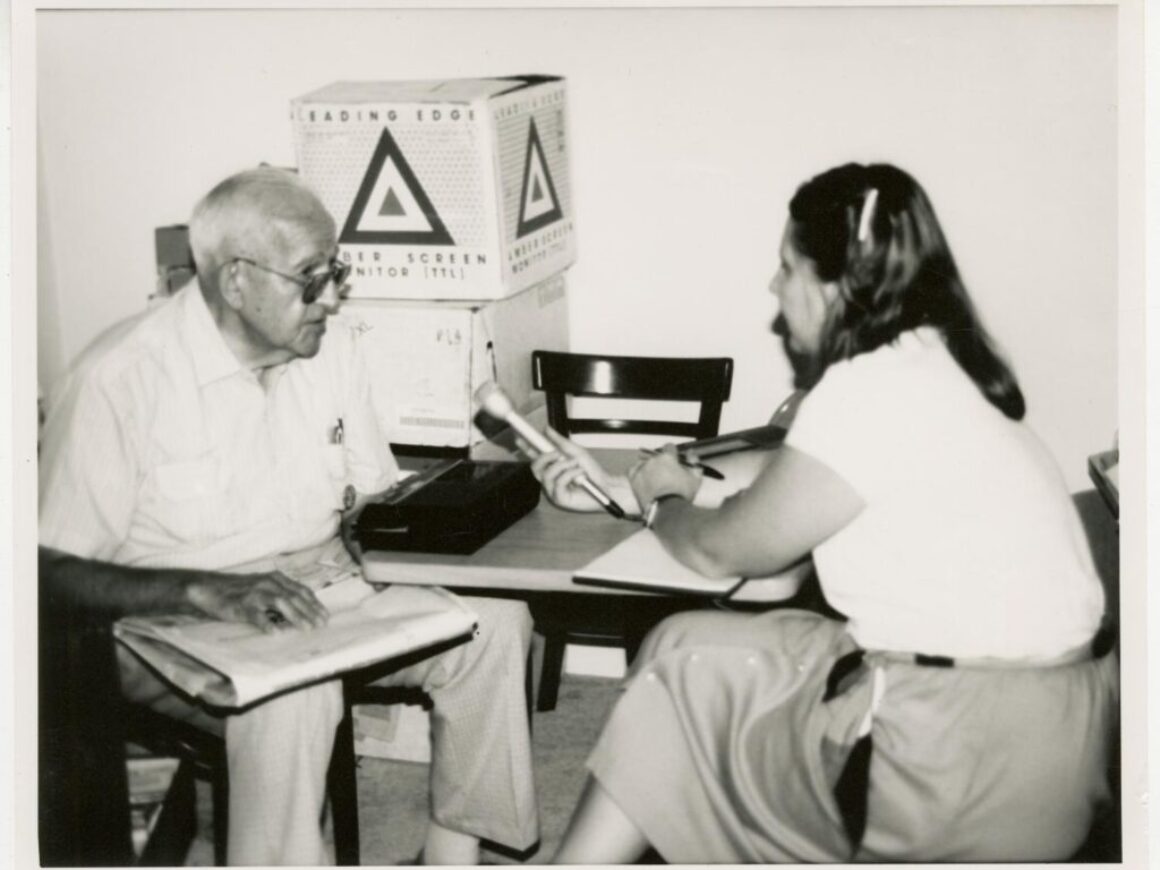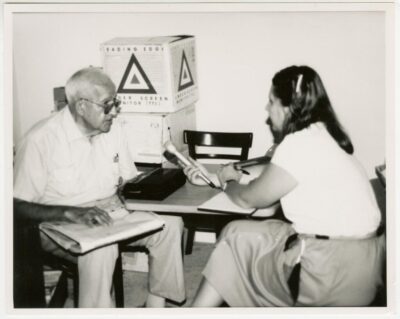“Voices of the Past: Preserving History Through Oral Narratives”
A “SHRINE”
Mount Vernon is often referred to as a “shrine.” The language significantly shapes how it is preserved and understood. It emphasizes a respectful and patriotic view that usually highlights George Washington’s legacy. At the same time, it also downplays the complete history of the site, especially its past as a plantation that relied on enslaved labor. In the reading, it states,” Some slaves were moved there from family estates, while others were sold to mitigate fiscal crises. African American labor restored the fields and idealized past, but their politics challenged the balance of power”.(Scott E. Casper,2009,1463). It is essential to grasp the true history of Mount Vernon and the complex African American roles that played a massive part in the memory of Washington and slavery.
ORAL HISTORY
Even though oral history has flaws, however, it captures personal stories, feelings, and viewpoints that aren’t always traditional. The value oral history holds is significant to what history is. It offers forgotten or overlooked histories that many voices from communities can’t write in records or even offer personal and emotional insight; oral history provides that emotional depth to historical events—fostering deep connections between the past and the present. Oral history is not only facts but how people remember, interpret, and pass down history—making it an essential tool for historic preservation.
CREDITS
“Oral History” by Linda Shopes
“Johnso’s Mount Vernon: The Forgotten History of an American Shrine.” by Martha S. Jonesreview of Scott E.casper, Sarah

